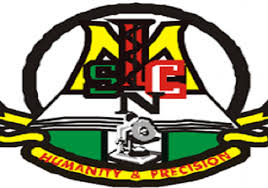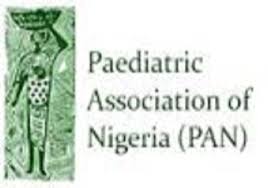Stroke is an acute, dramatic loss of function of one or more parts of the body, which occurs due to sudden cessation of the blood supply of specific part/parts of brain resulting in tissue destruction.
Damage to any portion of the brain results in paralysis of a body part it represents.
The severity of the paralysis and subsequent recovery depends on the blood vessel affected and opening of collateral circulation from adjacent blood vessels.
In the commonest form, there is paralysis of limbs on one side along with face on the same or opposite side. In other forms, one can have visual defects, convulsions, paralysis of only one limb, among others. If the frontal or parietal lobe of the brain is affected, there may be no paralysis but the person suddenly becomes apathetic to his surroundings. The speech area if involved, results in mutism.
Due to ignorance, many myths prevail, regarding stroke. When somebody has a stroke it is very frightening for the onlooker. The innocent often consider it to be witchcraft and spend resources going to witch-doctors.
In case of paralysis of one or more limbs, it is considered by some to be a form of "rheumatism." Rheumatism is a condition of pain and inflammation of the joints. Here, an individual is unable to move their limbs due to severe pain but strength of limbs is maintained.
.jpg)
Many people gather half knowledge about it on net and form their own impressions. Recently, the spouse of a patient was arguing with me, that though her husband was given aspirin and other anti clotting drugs, within an hour, why the paralysed limbs did not recover.
Actually, stroke is identified only when it manifests in the form of paralysis. Drugs like aspirin, are given immediately to break the clot already formed and prevent its further extension. But the damage incurred remains, unless blood circulation to that part is restored.
Stroke occurs due to a clot occluding a blood vessel or bleeding from one of the vessels. Hypertension, diabetes, obesity, fat rich diet, lack of exercise, stress, are risk factors for stroke, along with alcohol and smoking. It is indeed unfortunate if somebody develops a stroke.
Diagnosis is made clinically and by scans of the brain. Treatment is initiated which is to prevent further injury. One has to wait patiently for normal strength to return in paralysed limbs. This may take any time from weeks to months or years, depending on size of brain damage.
Physiotherapy is useful in improving the muscle tone and strength. If the family cannot avail professional help, a family member can also do some physiotherapy at home. All is needed is slow and smooth movements of the paralysed limb in all directions.
The number should be increased gradually. Good nursing care is important to prevent bed sores and other infections in a physically helpless person.
It is vital for to know about the true facts regarding stroke. As soon as a person develops any signs he should be taken to nearest health centre.
By Dr. Rachna Pande
The New Times
ABUJA: Training Schedule for Basic Life Support BLS, Pediatric Advanced Life Support (PALS), Advanced Cardiovascular Life Support ACLS, First Aid, CPR, AED
PORTHARCOURT: Training Schedule for Basic Life Support BLS, Pediatric Advanced Life Support (PALS), Advanced Cardiovascular Life Support ACLS, First Aid, CPR, AED
LAGOS: Training Schedule for Basic Life Support BLS, Pediatric Advanced Life Support (PALS), Advanced Cardiovascular Life Support ACLS, First Aid, CPR, AED
.jpg)



